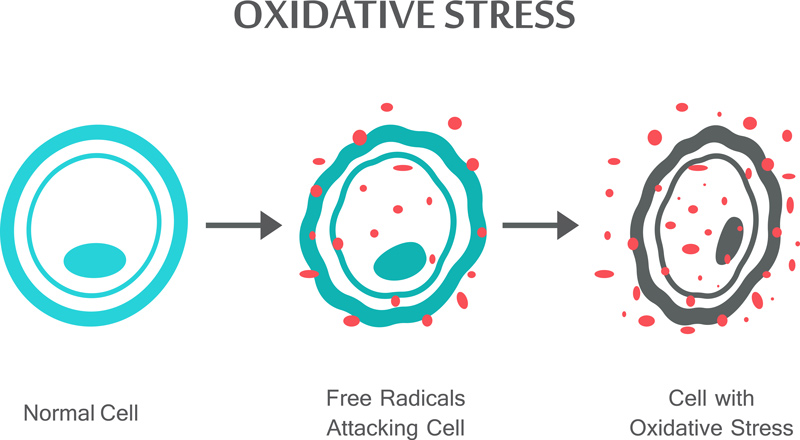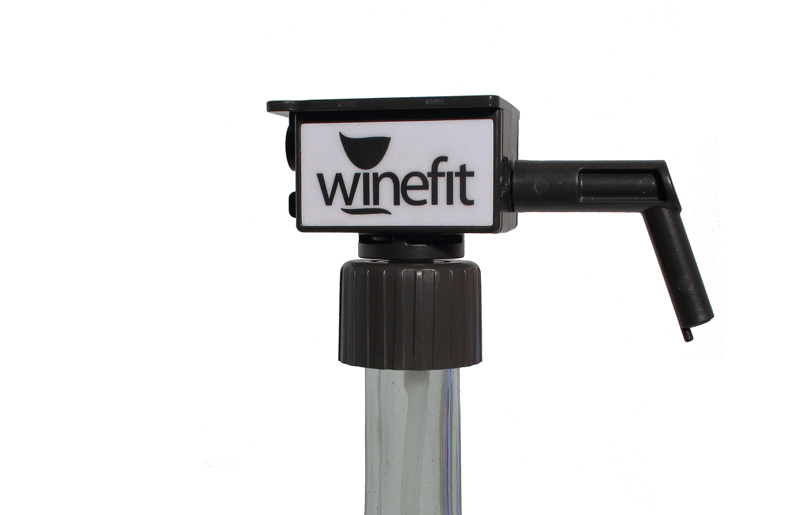If you want to understand how to benefit from a wine dispenser in a food service operation then you landed in the right place.
After reading this article you’re going to be a wine dispensing genius.

Some wine dispensers are pricey.
But if you mean to offer a great experience and make some money then it’s definitely worth learning more about it.
I want to thank my friends at Winefit and Stefano Palo for helping out on this post.
These are topics were going to cover:
At the end of this article, I’ll also share with you 6 different brands that manufacture these preservation and dispensing systems.
Let’s get to it.
What makes the wine go bad from oxygen?
When a wine bottle is opened and exposed to oxygen the air opens up the tannins which deteriorates flavor composition.
So, what the heck is tannins?
Tannins refer to the dryness, bitterness, and astringency of wine.
It is derived from the skin, stem and seed of a grape.
The reference on your tongue for each taste sense goes something like this.

Tannins are plant-derived polyphenols.
Polyphenols are micronutrients.
Compounds in plant foods that are grouped into flavonoids, phenolic acid, polyphenolic amides, and other polyphenols.
Unless your a chemist let’s move on to why the bitterness settles.
There is bacteria in the air called acetobacter.

Let’s hit Wikipedia on this:
Acetobacter is a genus of acetic acid bacteria. Acetic acid bacteria are characterized by the ability to convert ethanol to acetic acid in the presence of oxygen. Of these, the genus Acetobacter is distinguished by the ability to oxidize lactate and acetate into carbon dioxide and water. Bacteria of the genus Acetobacter have been isolated from industrial vinegar fermentation processes and are frequently used as fermentation starter cultures. Source: Wikipedia
Harmless to ingest but it turns wine into acetic acid which produces that distinct vinegar taste.
1 smell of it and you won’t feel like tasting it is the problem, smelling it is.
Due to the chemical composition of wine, the flavor changes after it’s exposed to air.
You can only slow this process by decreasing the amount of oxygen the wine comes in contact with.
How does a wine preservation system work?
In commercial use the device is meant to prolong the life of the wine and serve by the glass.
It replaces the empty space inside the bottle with a neutral gas keeping its organoleptic features for a longer time.

Depending on the characteristic of a wine after opening the cork it can retain its flavor a maximum of 1-3 days.
On average you can open a bottle of wine and it will last an average of 20 days with a preservation machine.
This is done by creating a controlled atmosphere by inert gas (Nitrogen or Argon) creating a protective barrier on the top of the wine in the bottle.
Still with us?

Key to a commercial device is controlled pouring doses.
This avoids excessive doses in case of serving pricier wines.
Fixed-doses will avoid waiters serving a higher quantity to get good tips at the end of the service.
With the wine dispenser, there are different doses (sip – half glass – full glass).
Most systems allow you to set the dispensing mL for each dose.
This gives you the possibility of proposing a perfect pour of wine while allowing you to match dishes and sell pricier wines.
The preservation system is twofold:
It preserves the taste and also allows for a better operation.
There’s also the possibility that a customer may want to drink only a glass rather than opening an entire bottle.
Giving your customer more flexibility in his or her experience.
Different customers also want to try different wines and a “by the glass service.”
A wine dispenser is a wise investment because it allows a better wine selection with practically no wastage.
Modern dispensers also allow the opportunity to have a self-service mode by prepaid card.
What is the difference between a wine dispenser and preservation system?
Wine is preserved either by vacuuming the air out of the bottle which removes oxygen and prevents oxidation within the wine body or as you just learned above with the technology of vacuum and nitrogen or argon gas.
More on oxidation here. (https://simple.wikipedia.org/wiki/Oxidation)
This is what it looks like.

With dispensing there are typically 2 types of dispensers:
- Dispenser without Preservation
- Dispenser with Preservation
A dispenser without preservation does not remove any oxygen from the bottle to prolong its life.
In commercial use, they are to increase the operational control on the sommelier or bartender and to help increase your profit.
Companies like BarVision manufacture a bottle cap that fits on any liquor or wine bottle and records pours via app or directly to your POS.
Then you can check your pos transactions to look for any discrepancies.
Their data is reported individually.
Back to the dispenser with a preservation system, this uses a gas bottle that is connected to the dispensing system.
Now let’s go into how this all works for you as F&B owner.
5 advantages of using a pouring system
For operational excellence here are the five most recommended reasons for investing in a system.
Not limited to, but also to avoid such incidents like the below:

If you’ve got that covered then lets move onto to some more serious issues:
- No Wastage – preservation of the bottle.
- Regular pouring dose for all glasses – consistency in your operation.
- Better control on wine service – no over-pouring for whatever reason.
- Higher profit with “by the glass” service – with the opportunity to sell more valuable wines, your profit margin increases.
- Higher rotation for a restaurant or bar’s higher-end wines – customers don’t have to open the entire bottle but can enjoy one cup.
The list goes on and on but each advantage is unique to any specific operation.
Wine Serving Temperatures
All wines and grapes have a suggested service and temperature.
We should not refrigerate all wines but to keep all of them at a properly controlled temperature to avoid stress on the bottle and not to waste all inner characteristics of all wines.
For ordinary White wine, temperature varies between 9-13 C or 49-55 F
For ordinary Red wine, temperature varies between 12-16 C
More on temperatures below.
Types of Wine Dispensers
Most manufacturers (which we will get into below) hold 2, 4, or 6 bottles.
Usually, commercial dispensers are strictly related to the number of positions or bottle capacity.
The most common have 4 positions = 4 bottles.
Most machines will pour out a pre-set value of wine through the pouring pump.
Each bottle loaded into a position cannot be removed until consumed, otherwise, oxygen will be reset into the bottle.
Back to who helped us out on this post.
Winefit has brought a wind of innovation in the industry with a different type or concept of wine dispenser.
With Winefit you have a “special smart-flex cap” system.
With this, you could potentially have 1 dispenser and an unlimited number of wines by the glass.

Maximizing the investment with the possibility of opening multiple bottles and only 1 device.
A weak point on most parts of wine dispensers is it’s cleaning.
To make a complete cleaning of the machine you need to remove all bottles and purge every position.
This operation is cumbersome and needs time.
Most people don’t take part in proper cleaning as frequently as they should which leads to stalled machines.
The special cap technology avoids any passage of wine through the machine and creates an effective “maintenance-free” device which is quite unique on the wine dispensers industry.
Wine Dispenser Brands
Here are some of the best commercial wine dispensers you can find in the market.
- Winefit
- Enomatic
- Eurocave
- Vinojet
- Winekeeper
So, you made it to the end.
What do you think? Was I able to answer all your questions?
Leave me a comment below.









